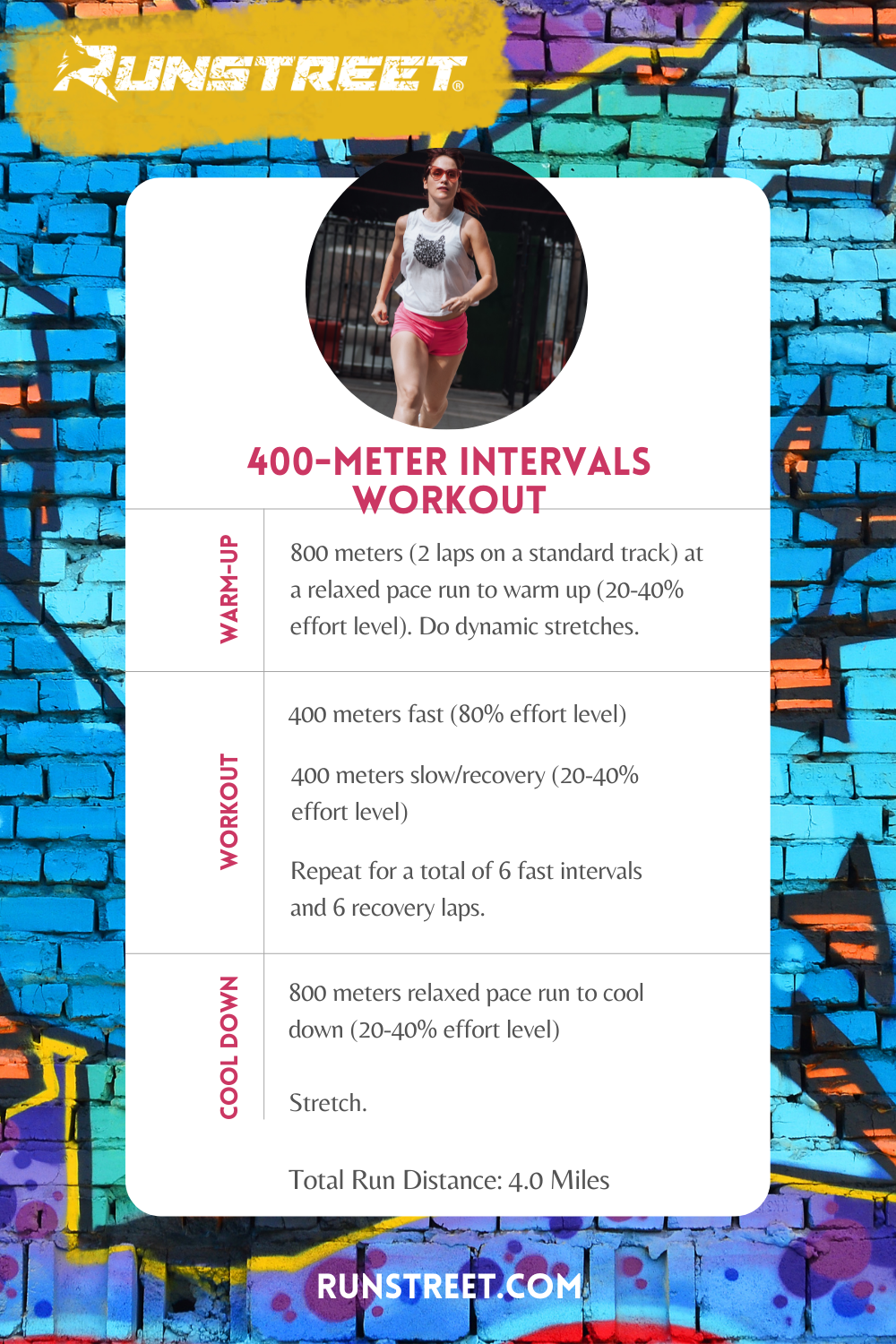Raise Your Running Strategy with Proven Techniques
Raise Your Running Strategy with Proven Techniques
Blog Article
Getting Over Discomfort in Operating: Techniques and Strategies That Work
Pain is an usual companion for many runners, usually serving as an obstacle to achieving their preferred objectives. However, with the ideal approaches and techniques, it is feasible to conquer and even stop the pain related to running. By exploring different strategies such as recognizing the various kinds of running discomfort, enhancing shoes and form, incorporating cross-training and strength workouts, executing reliable healing techniques, and preserving correct nutrition and hydration, runners can possibly minimize their pain and improve their general running experience.
Recognizing Various Kinds Of Running Discomfort

One more sort of running discomfort is joint pain, which can materialize as a sharp or achy discomfort in locations such as the knees, hips, or ankles (running strategy). Joint pain may be triggered by aspects like inappropriate running form, overuse, or underlying problems like joint inflammation (a fantastic read). It is essential to differentiate between muscle mass soreness and joint pain, as the latter might need medical focus to prevent additional injury
Recognizing the different sorts of running discomfort is vital for effective management and prevention methods to guarantee a safe and delightful running experience.
Appropriate Footwear and Running Kind
To maximize performance and lower the threat of running-related injuries, selecting ideal footwear and preserving proper running form are necessary parts for joggers of all levels. It is suggested to pick running shoes that are particularly designed for the person's foot type, running gait, and the kind of running activity they engage in.

Cross-Training and Toughness Workouts
Strength workouts, like squats, lunges, and core exercises, play a crucial role in stabilizing muscles and enhancing running performance. They can remedy muscle imbalances, boost dexterity, and enhance power outcome, all of which are important for running efficiency.
Incorporating cross-training and stamina exercises into a running routine must be done strategically. It is essential to permit adequate rest between running sessions and cross-training activities to stop overuse injuries. Additionally, concentrating on appropriate form and technique during toughness exercises is vital to optimizing their benefits and lowering the threat of article injury. By integrating these components right into a running regimen, joggers can construct a more powerful foundation, improve efficiency, and appreciate a more lasting running experience.
Recovery and Rest Methods
Having developed the relevance of cross-training and strength exercises in an extensive running routine, attention can currently be directed in the direction of Recovery and Relax Methods as integral components for optimizing efficiency and lowering the danger of injuries. (running workout)
Recovery after running is essential for muscle repair service and development. Techniques such as foam rolling, extending, and massage therapy assistance in decreasing muscle mass pain and boosting versatility. Ample remainder between runs enables the body to recoup and adapt to the physical anxiety, avoiding overuse injuries.
Incorporating energetic healing days right into a training timetable, where low-intensity activities like walking or biking are performed, can boost blood circulation and advertise healing without putting excess pressure on the muscles. Furthermore, correct hydration and nutrition play an important function in the recovery procedure by renewing lost liquids and nutrients.
Quality rest is an additional important aspect of recovery that should not be forgotten. Throughout rest, the body goes through repair work and regeneration processes, adding to general physical and psychological health. By focusing on recuperation and rest techniques, joggers can preserve optimal efficiency levels and reduce the chance of experiencing discomfort or injuries.
Nourishment and Hydration for Runners
Just how can joggers maximize their performance through correct nutrition and hydration practices? Nourishment and hydration are important elements of a runner's training routine, playing an essential duty in efficiency, endurance, and recovery. To boost efficiency, runners need to concentrate on consuming a healthy diet that includes carbs, healthy proteins, healthy fats, vitamins, and minerals. Carbohydrates provide energy for running, while healthy proteins help in muscular tissue fixing and recuperation. Healthy and balanced fats support overall health and help in soaking up essential nutrients. Ample hydration is additionally necessary to preserve optimum efficiency, as even mild dehydration can adversely affect running performance. Joggers must consume water before, throughout, and after their runs to remain hydrated. Electrolytes, such as salt and potassium, are also vital for keeping fluid equilibrium and muscle mass function - running strategy. Furthermore, timing dishes and snacks appropriately prior to runs can assist prevent stomach discomfort and provide the needed energy for peak efficiency. By taking notice of their nourishment and hydration, runners can boost their endurance, accelerate recuperation, and carry out at their best.
Verdict
Finally, by comprehending the numerous kinds of running pain, using appropriate shoes, keeping correct running type, incorporating cross-training and stamina exercises, focusing on recuperation and remainder, and focusing on nutrition and hydration, joggers can properly overcome pain and enhance their performance. Carrying out these approaches and techniques can help runners avoid injuries, boost their endurance, and eventually appreciate an extra fulfilling running experience.
Report this page